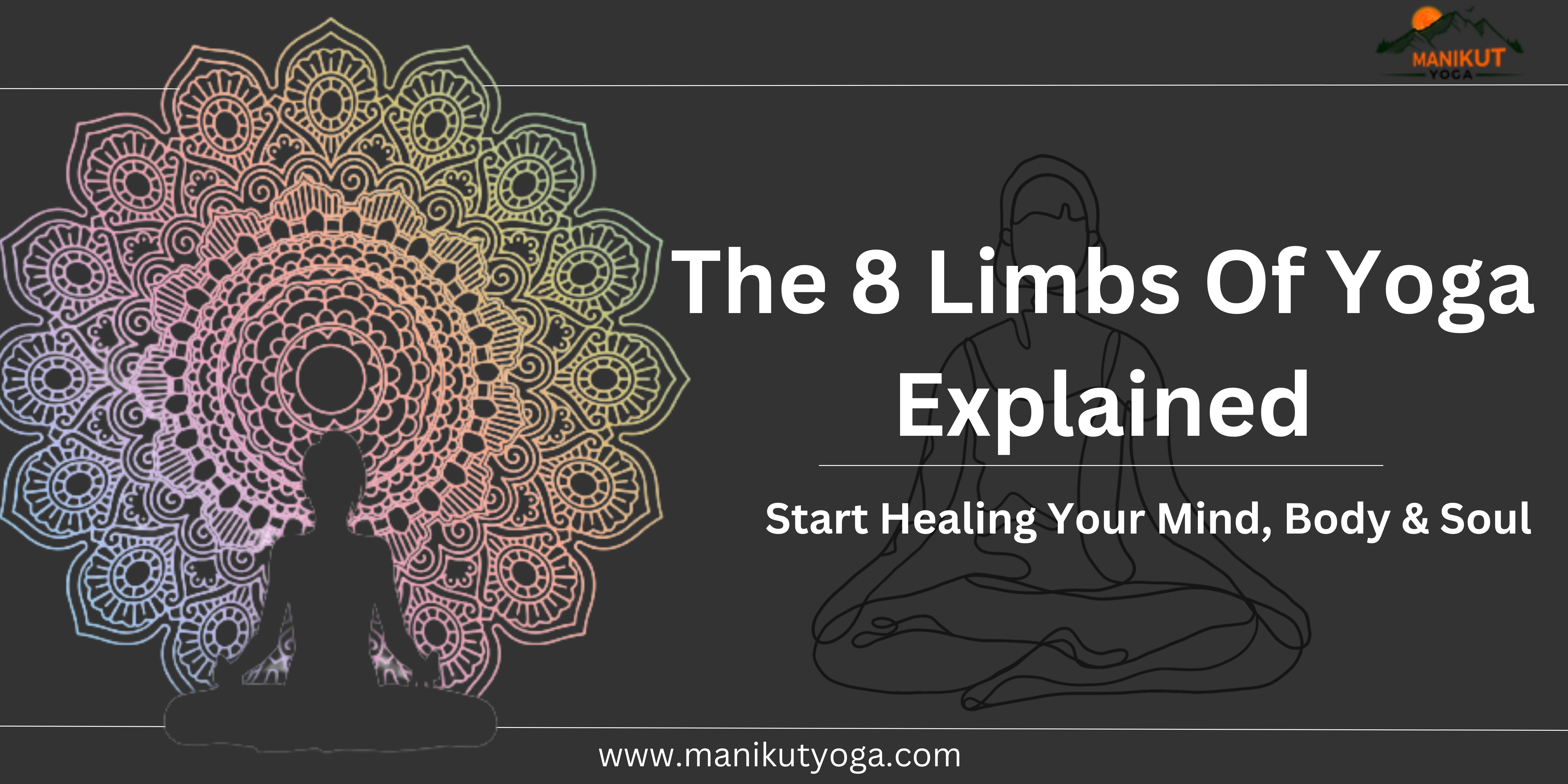In the midst of our fast-paced, technology-driven world, finding inner peace and stillness can seem like an impossible feat. However, the ancient practice of meditation offers a way to quiet the mind and connect with our true selves. For those new to the practice, creating a Zen space at home can be an excellent way to begin. In this beginner’s guide, we’ll explore the basics of meditation and offer tips on how to create a serene environment in your own home. So, take a deep breath, clear your mind, and let’s dive into the world of Zen at home.
1. Finding Peace in Chaos: A Beginner’s Guide to Zen Meditation at Home
Zen meditation is a practice that has been around for centuries and has been proven to help individuals find peace in the midst of chaos. With the current state of the world, many people are feeling overwhelmed and anxious, making it the perfect time to start practicing Zen meditation at home. Here are some tips to get started:
– Find a quiet space in your home where you won’t be disturbed. This could be a spare room, a corner of your bedroom, or even outside in your backyard.
– Sit in a comfortable position with your back straight and your hands resting on your knees. You can sit on a cushion or a chair if that’s more comfortable for you.
– Close your eyes and focus on your breath. Take deep breaths in through your nose and out through your mouth. Try to clear your mind of any thoughts or distractions and just focus on your breath.
As you continue to practice Zen meditation, you may find that your mind wanders or you become distracted. This is normal and part of the process. When this happens, simply acknowledge the thought or distraction and then bring your focus back to your breath. With time and practice, you’ll find that you’re able to stay focused for longer periods of time and find peace in the chaos of everyday life.
2. Creating a Calming Space: Tips for Practicing Zen Meditation in Your Own Home
Zen meditation is a practice that requires a calm and peaceful environment. Creating a calming space in your own home can help you achieve a deeper level of meditation. Here are some tips to help you create a Zen meditation space in your home.
First, choose a quiet and peaceful location in your home. This could be a spare room, a corner of your bedroom, or even a spot in your backyard. Make sure the space is free from distractions like noise, bright lights, and clutter. You can use a room divider or curtains to create a sense of privacy and separation from the rest of your home. Once you have chosen your space, consider the following tips to create a calming atmosphere:
– Use soft lighting, such as candles or dimmer switches, to create a relaxing ambiance.
– Add natural elements like plants, flowers, or a small fountain to bring a sense of tranquility to the space.
– Choose comfortable seating, such as a cushion or chair, to support your posture during meditation.
– Keep the space clean and organized to promote a sense of calm and clarity.
By following these tips, you can create a calming space in your home that is conducive to Zen meditation. Remember, the key to successful meditation is to find a space that allows you to focus your mind and let go of distractions. With a little effort and creativity, you can create a Zen meditation space that will help you achieve a deeper level of inner peace and tranquility.
3. From Mindfulness to Enlightenment: How to Start Your Zen Meditation Journey at Home
Zen meditation is a practice that has been around for centuries and has gained popularity in recent years due to its numerous benefits. It is a form of meditation that involves sitting in a specific posture and focusing on your breath. Zen meditation can help you reduce stress, improve your focus, and increase your overall sense of well-being. If you are interested in starting your Zen meditation journey at home, here are some tips to help you get started.
First, find a quiet and comfortable space in your home where you can sit and meditate without any distractions. This could be a spare room, a corner of your bedroom, or even a spot in your backyard. Once you have found your space, set it up in a way that is conducive to meditation. You can add some cushions or a meditation bench to make your sitting posture more comfortable. You can also add some candles or incense to create a calming atmosphere.
Next, set aside a specific time each day for your meditation practice. This could be first thing in the morning, before bed, or any other time that works for you. Start with just a few minutes of meditation each day and gradually increase the time as you become more comfortable with the practice. Remember to focus on your breath and let go of any thoughts or distractions that may arise. With consistent practice, you can develop a deeper sense of mindfulness and even reach a state of enlightenment. As you embark on your journey towards a more peaceful and mindful life, remember that meditation is a practice, not a destination. It may take time to find your rhythm and establish a routine that works for you, but the benefits are worth the effort. Whether you choose to create a dedicated space for meditation or simply incorporate it into your daily routine, the key is to approach it with an open mind and a willingness to learn. With patience and persistence, you can cultivate a sense of calm and clarity that will serve you well in all aspects of your life. So take a deep breath, let go of any expectations, and allow yourself to simply be present in the moment. Namaste.
